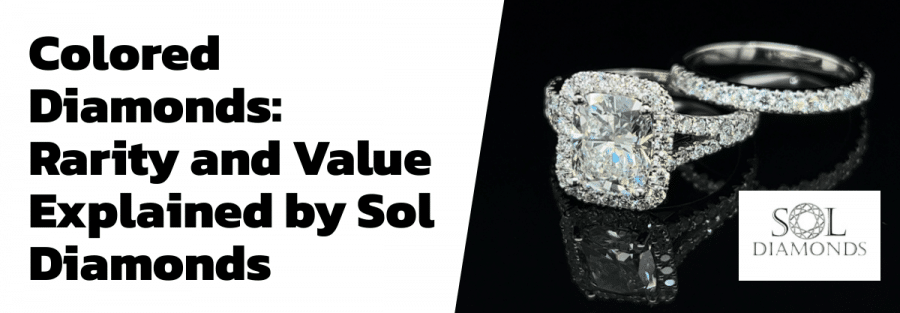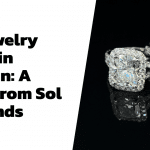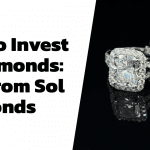Colored diamonds, also known as fancy color diamonds, are unique gemstones valued for their intense hues and crystal-like clarity. Although often associated with a hefty price tag, the history, formation, and grading of these gems makes their worth well-justified. In this article, we’ll delve into the captivating world of colored diamonds, exploring their rarity, value, and factors influencing the same.
A Peek into the Past: History of Colored Diamonds
The history of colored diamonds is as colorful as the diamonds themselves. These precious stones have been treasured for centuries, with the earliest records dating back to the Indian subcontinent. From the Hope Diamond’s cursed legend to the vibrant hues of the Ocean Dream Diamond, colored diamonds have always been associated with mystery, power, and extravagant luxury.
Formation of Colored Diamonds
Colored diamonds are formed under high-temperature, high-pressure conditions over a billion years. Trace amounts of other elements, defects in the crystal lattice, or radiation exposure produce different colors. For instance, boron creates blue diamonds, while nitrogen results in yellow and orange diamonds.
Understanding Colored Diamond Grading
The Gemological Institute of America (GIA) grades colored diamonds based on Hue, Tone, and Saturation. Hue refers to the dominant color of the diamond, tone refers to the lightness or darkness of a color, and saturation denotes the color’s strength or intensity. Diamonds with deeper, richer colors earn higher grades and, consequently, higher prices.
Why are Colored Diamonds so Rare?
Colored diamonds represent less than 0.01% of the total number of diamonds mined yearly. This scarcity, combined with the high demand, significantly contributes to their high market value. Certain colors like red, blue, and pink are especially rare, making them even more pricy.
The Impact of Size and Shape on Value
The size and shape of a colored diamond profoundly impact its value. Larger diamonds allow for a more vivid display of color, significantly increasing their value. Similarly, certain shapes, like round brilliant or oval, enhance the diamond’s color, making it seem more intensive.
FAQs About Colored Diamonds
- What is the most rare colored diamond?
The most rare colored diamonds are red and blue. These are followed by pink, green, and violet diamonds.
- What determines the price of a colored diamond?
The price is determined by the diamond’s color, size, shape, and the intensity of color. Rarity, demand, and current market conditions also play a role.
Conclusion
Colored diamonds are a symbol of luxury, rarity, and enduring beauty. Their unique formation process, grading system, and scarcity contribute to their high value. As appreciation and demand for these artistic creations continue to grow, colored diamonds forge their shining path in the world of gemstones.



